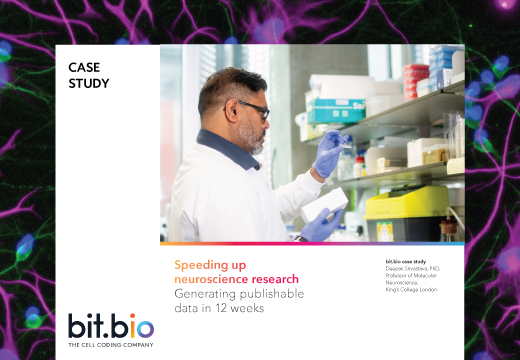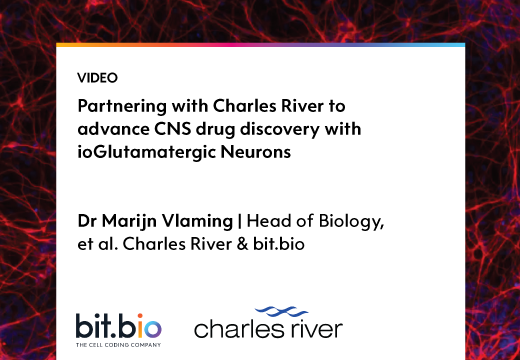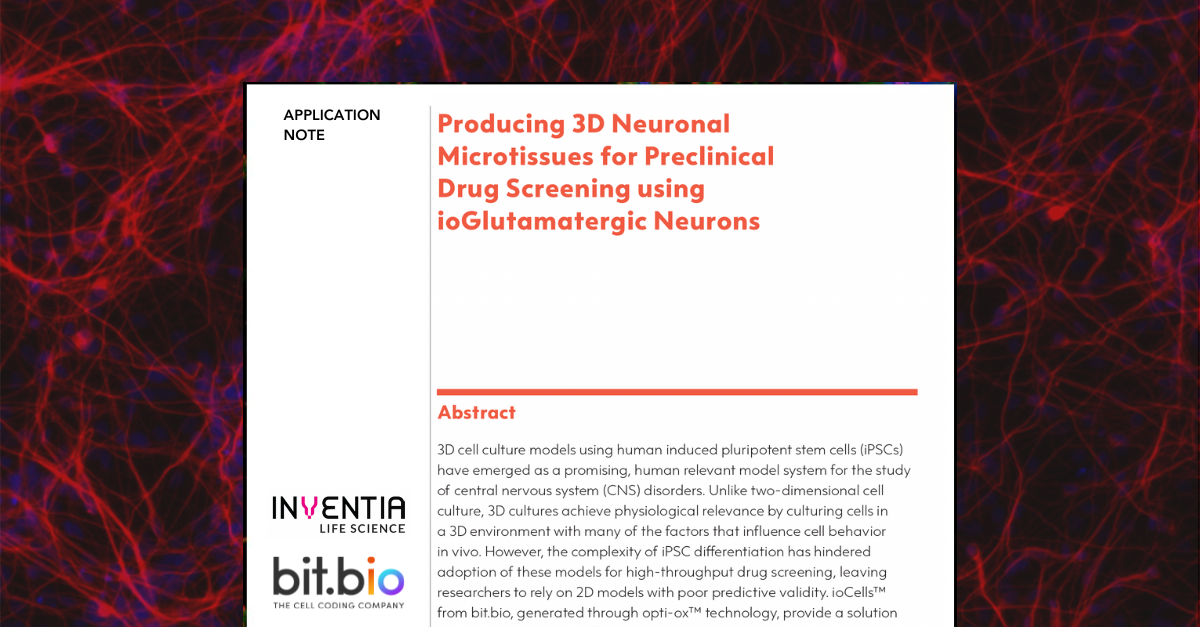bit.bio at SLAS 2025
Visit us at booth 349
What if your in vitro human iPSC-derived cell models provided the consistency and scalability needed in drug discovery?
bit.bio's ioCells are deterministically programmed by opti-ox technology giving you unmatched consistency between every lot of cells. This built-in consistency enhances data reproducibility, eliminating variability and the need for repeated lot validations. With opti-ox , we can produce billions of consistently programmed cells that are ready to support the demands of your drug discovery workflows.
Join our exhibitor tutorial and review the data in our posters to discover how ioCells can advance drug discovery.




.png?width=1638&height=918&name=co%20culture%20low%20density%20progenitors%20re-size%20(1).png)
Users' posters
See how scientists are using ioCells in drug discovery — visit their posters
Raising the bar in advanced high content analysis with future proof capabilities
Monday, January 27 | 12:00 AM - 1:00 PM | 1368-A | Cellular Technologies | Session A | Presented by Charles River Laboratories
Development and characterisation of a complex in vitro model for neuroinflammation/myelination and neurodegeneration using iPSC-derived cells
Tuesday, January 28 | 12:00 AM - 1:00 PM | 1366-C | Cellular Technologies | Session C | Presented by Charles River Laboratories
Exhibitor Tutorial
Challenges, solutions, and progress in applying human iPSC-derived cells to drug discovery
In drug discovery, researchers need reliable, ready-touse human cell models that deliver reproducible results at every stage of the workflow. Join four industry experts as they present data on bit.bio’s deterministically programmed human iPSC-derived ioCells used across key drug discovery stages. Through case studies and real-world applications, you will learn how these cells and the associated protocols support workflows in target identification, assay development, disease modelling, and toxicology.
Key learning points:
- Discover quick and easy generation of gene knockouts and CRISPR screens for target ID and validation in human iPSC-derived neurons and microglia using CRISPR-Ready ioCells
- Learn about assay development in neuroinflammation and demyelinating diseases using neuronal and glial co-cultures
- Explore disease modelling in excitatory neurons with ALS-associated phenotypes using high-throughput MEA
- See data for predicting drug-induced liver injury in toxicology studies with new human iPSC-derived liver models
Agenda
Speakers

Sales
bit.bio

Neurosciences
Charles River Laboratories

MEA Systems
Axion BioSystems

Cell Imaging
Sartorius

Farah Patell Socha, PhD VP Products
bit.bio
Discover how ioCells are being applied in real-world applications

Quickly identify disease risk factors
Discover how Professor Srivastava, King's College London, generated publishable data in just 12 weeks with ioGlutamatergic Neurons.

Speed up discovery timelines
Learn how Charles River Laboratories are leveraging the benefits of ioGlutamatergic Neurons and how they are being incorporated into CNS drug discovery.

Scalable 3D models for screening
Find out how Inventia Life Science generated functional 3D neuronal models in 96- and 384-well formats that closely resembled the human brain.